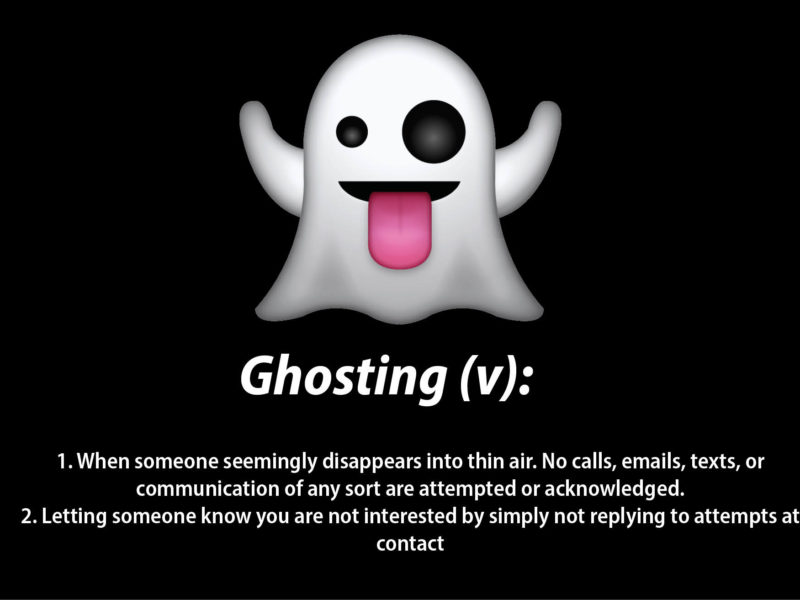A Manner of Speaking
Have you ever listened to yourself? Do you know how you sound? It can be instructive if you have a chance to record one of your conversations. Often, it is not what you say, but how you say it that makes a difference.
With so much technology now doing our talking for us, the claim can be made we are losing our communication skills. Acronyms and abbreviations have entered the lexicon in texting and emails. For example, I have received text messages containing the word great spelled instead as GR8 to save a few keystrokes, as if two more letters makes a difference. This grates on my nerves if it is utilized in a professional communication. Frankly, I usually reply by saying TTYL and I don’t consider them further. Aspects of this communication style have also reached into our spoken language, and many don’t even realize how they sound. Being able to communicate and engage in conversation is no less important than your resume, experience and personal appearance during a first interview when you are trying to make a positive impression. If you can’t string together a coherent sentence, you won’t get very far because, regardless of how GR8 your resume is, at some point you are going to have to open your mouth. Will it help or hurt you?
Too often, I hear people speaking with the halting and jerky style of speech that consists of a series of sentence fragments with “you know” inserted every 5 – 10 words, connecting some endless rambling. As an example, if you were born before 1980 you may remember a film from 1986 titled Valley Girl. With little exaggeration, it spoofed a ridiculous speaking style that became a stereotype for vapid, self-absorbed and air-headed individuals. Sadly, what was once meant as a caricature and a joke has turned into a normal manner of speaking for many people, especially Americans. I was certainly not at the top of my graduating class at school and, when it came to English studies, I wasn’t paying very close attention when sentence structure was being discussed. On the other hand, from a young age my mother exerted some influence and encouraged me to speak properly. Now, for those who take issue with me because you may resemble my remarks, I am not suggesting anyone go to the other extreme, just use your head and realize there is a difference between ordering a Big Mac at the drive-thru and speaking with a potential employer.
I have another piece of useful advice that can make a difference in your effectiveness. Since I live and work in Europe, I regularly communicate with non-native English speakers. Occasionally, someone will say something I clearly understand, but I cannot always discern if they are asking a question or making a statement. If you accent the end of what you say on a higher pitch or tone, it sounds as if you are unsure of yourself, looking for acknowledgment. If you end your comment with a lower pitch or tone, it is a statement. Try it. Say something out loud, for example “Does that answer your question.” If you end the word question with a higher pitch it sounds like a question or as though you are indecisive. If, however, you finish the sentence in a slightly monotone or lower pitch, it sounds more assured, it becomes a rhetorical question implying factuality. Now repeat the statement, “Does that answer your question.” See the difference.
Practice this. It demonstrates how a small thing can make a big difference when you want to be taken seriously.



